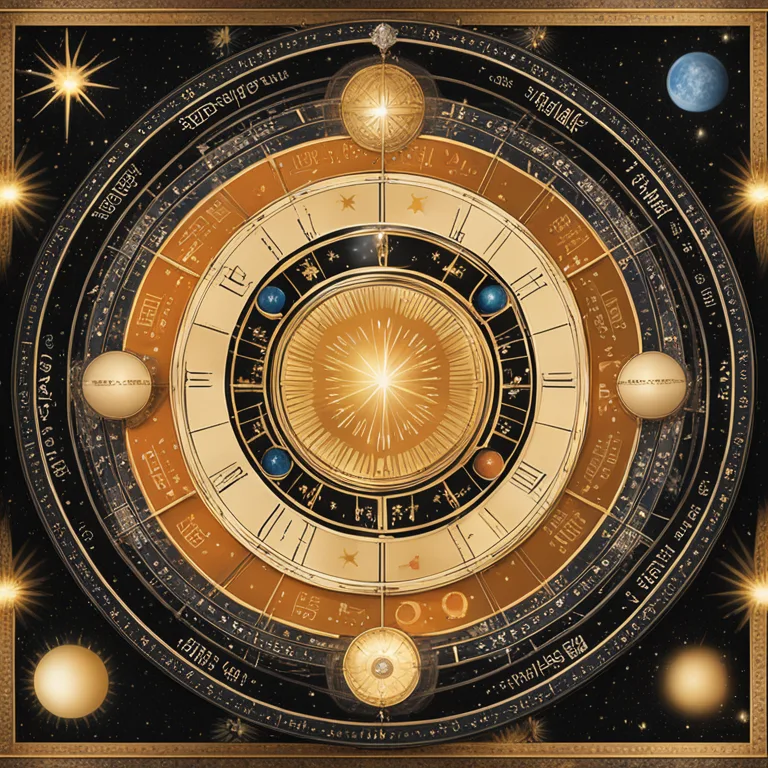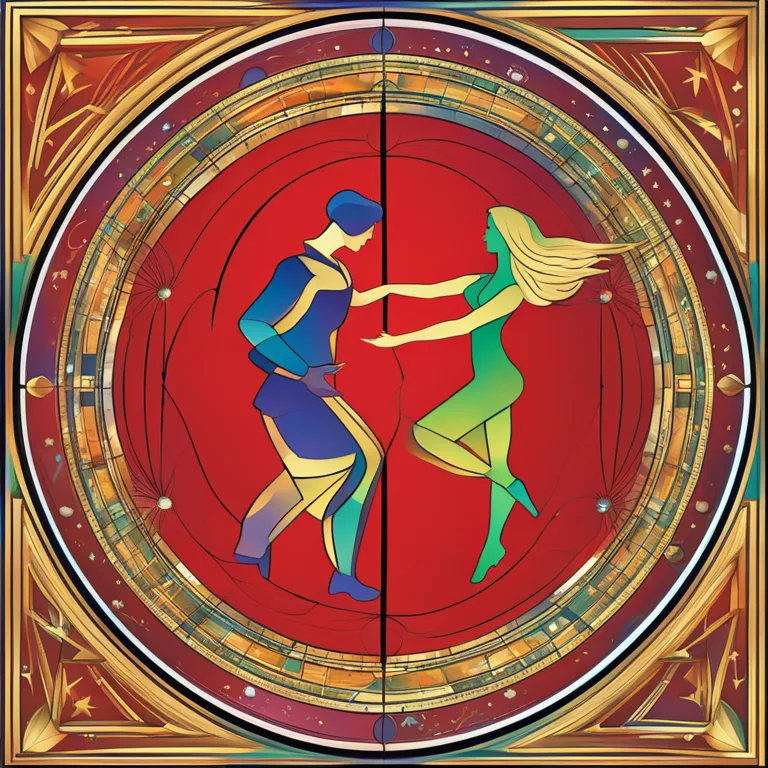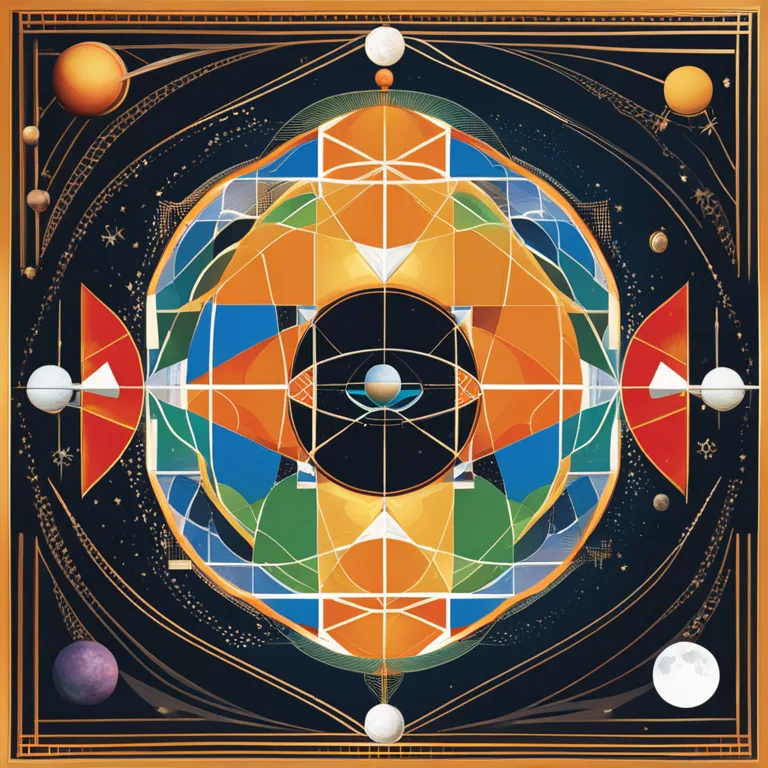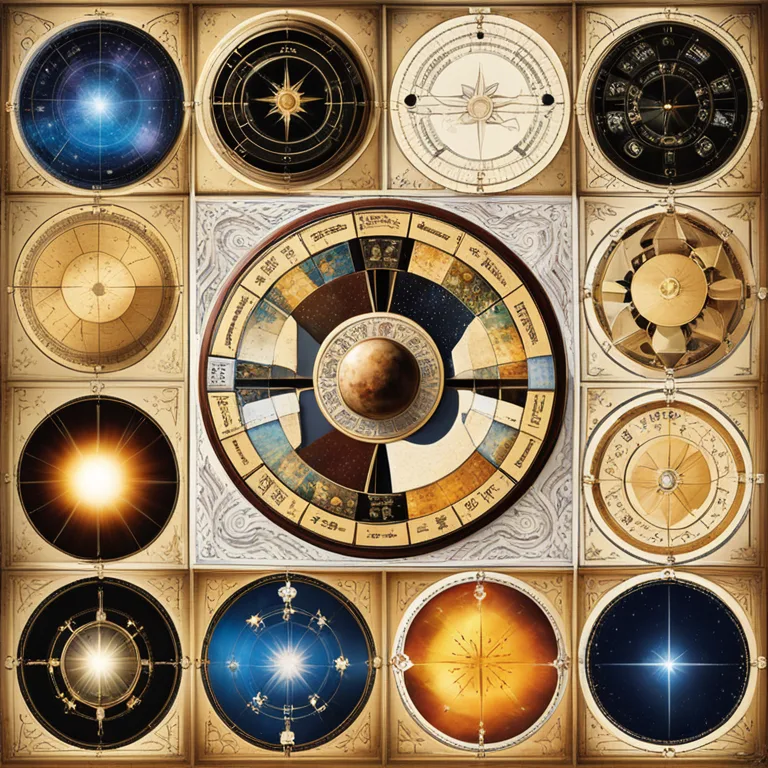
Birth Chart Compatibility: Are We Match?
Discover the cosmic connection between birth charts and relationship compatibility, guiding your path to deeper understanding.
article by Priya Deshmukh
Introduction to Astrological Synastry
Astrology offers a unique lens through which to view our relationships, particularly through the analysis known as synastry. This intricate art delves into how individuals' birth charts interact to reveal potential compatibility. The positions of celestial bodies at the moment of one's birth can astrologically encode personality traits and life themes, suggesting a predetermined cosmic influence on personal interactions. With the increasing complexities of relationships in 2024, understanding the subtleties of synastry has never been more relevant for those seeking harmony in their connections.

Key Elements of Chart Compatibility
Compatibility in birth charts hinges on several key factors, among them the Sun, Moon, and Ascendant, or rising sign, comparisons. The Sun reflects one's core identity, while the Moon governs emotions, and the Ascendant signifies social personality. Harmonious aspects between these elements can strongly suggest compatibility, easing communication and mutual understanding. However, it's essential to remember that challenging aspects don't spell doom—they can instead prompt growth and bring dynamism to a relationship.

Understanding Planetary Aspects
Planetary aspects—angle relations between planets—paint a detailed picture of relationship dynamics. Trine and sextile aspects typically denote ease and support, whereas squares and oppositions may point to areas of tension. By analyzing these aspects in conjunction with the signs involved, one can glean insights into the flow of energy between partners. For example, the Saturn of one partner aspecting the Venus of another might shape the way responsibility manifests in the relationship.

The Role of Venus and Mars
Venus and Mars are pivotal when considering romantic connections. Venus, representing love and attraction, and Mars, signifying desire and assertiveness, can greatly influence romantic compatibility when their positions are compared across charts. A harmonious aspect between these two planets in both charts may suggest a powerful romantic and sexual attraction. Conversely, challenging aspects might require conscious effort to navigate differences in the realms of affection and passion.

Mercury's Influence on Communication
Mercury's placement holds significant weight in determining communicative compatibility. If Mercury in two charts interacts harmoniously, it often foretells easy and effective exchange of ideas and thoughts. Given the unprecedented importance of communication in modern relationships, with technologies enabling constant interaction, a well-aspected Mercury connection can be the bedrock of understanding and patience between individuals.
Considering Moon and Emotional Bonds
The Moon's position has deep implications for emotional compatibility. As it governs instinctual reactions and feelings, the Moon's aspects can reveal how partners will support and nurture each other. Moon signs that align or complement each other indicate an intuitive connection and a shared sense of comfort. A mismatch, however, might necessitate greater empathy and effort toward emotional understanding.
The Bigger Synastry Picture
While these elements play critical roles, they are but pieces of the greater synastry puzzle. Houses, eclipses, and more subtle asteroid placements also contribute to the nuanced landscape of relationship astrology. An experienced astrologer can navigate this complex territory, combining both traditional wisdom and contemporary astrological shifts to unveil the full scope of a relationship's potential, viewed through the stars.
Published: 12/22/2023
Modified: 12/22/2023
More predictions
Come back here soon to learn more about yourself and your future


The Lead Role of Astrological Houses
Gain insights into how the astrological houses influence your personal horoscope and shape your celestial journey.


Astrology: The Role of 12 Houses
Delve into the core of astrological houses and their influence on personality and life events in our insightful guide.